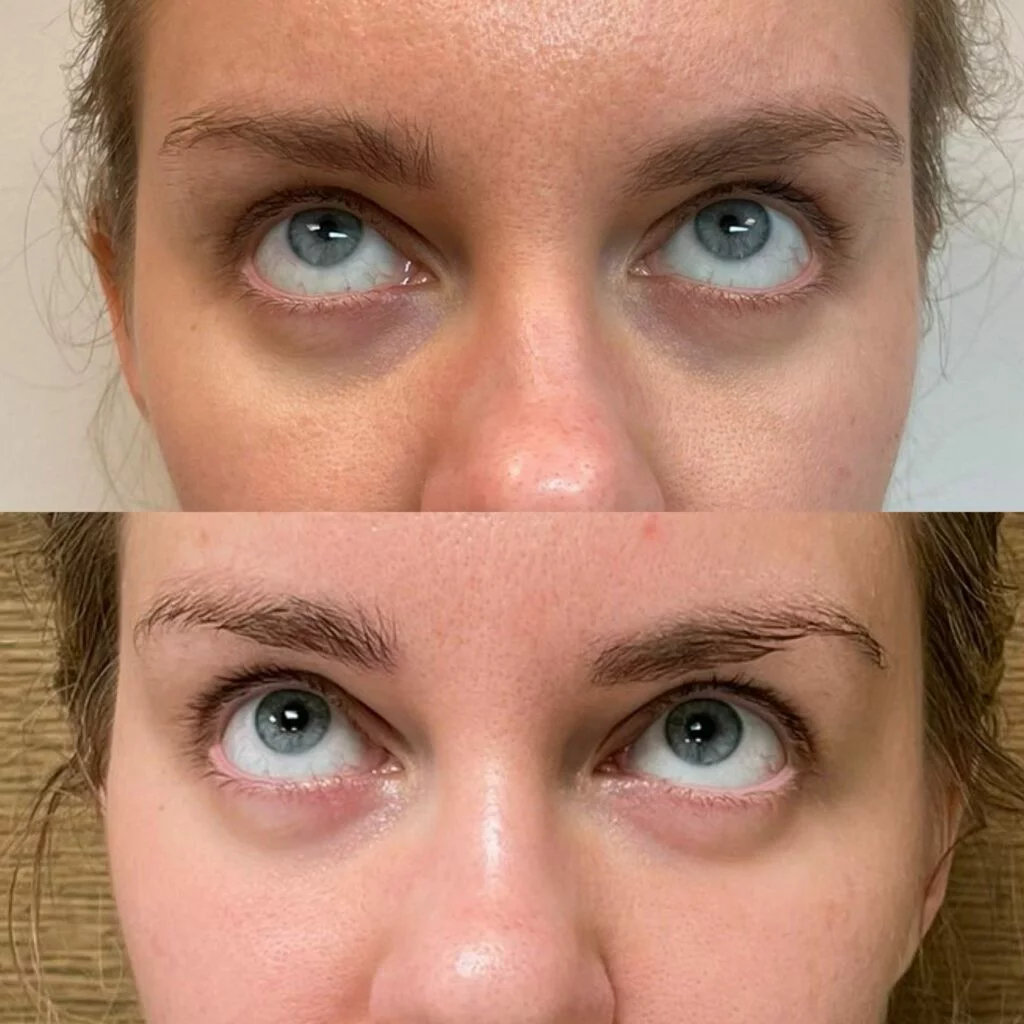Exploring Polynucleotides with Dr. Laura Geige
Introduction
Polynucleotides are the fundamental building blocks of nucleic acids, including DNA and RNA, which play crucial roles in the storage and expression of genetic information. Understanding polynucleotides is essential for unraveling the mysteries of genetics, molecular biology, and even biotechnology. In this comprehensive guide, we will delve deep into the world of polynucleotides, exploring their structure, function, and significance in various biological processes. Join us on this enlightening journey with Dr. Laura Geige, an esteemed expert in the field, as we unravel the intricacies of polynucleotides.
The Basics of Polynucleotides
Polynucleotides are polymers composed of nucleotide monomers linked together through phosphodiester bonds. Each nucleotide consists of a nitrogenous base, a five-carbon sugar (ribose in RNA and deoxyribose in DNA), and a phosphate group. Dr. Geige elucidates the structural differences between DNA and RNA, highlighting their respective roles in genetic information storage and protein synthesis.
DNA Structure and Function
DNA, or deoxyribonucleic acid, is a double-stranded helical molecule that carries the genetic instructions for the development, functioning, growth, and reproduction of all known living organisms. Dr. Geige provides an in-depth analysis of the DNA double helix structure, elucidating the complementary base pairing between adenine and thymine, and cytosine and guanine. She also discusses the role of DNA replication, transcription, and repair mechanisms in maintaining genetic integrity.
RNA Structure and Function
RNA, or ribonucleic acid, is a single-stranded molecule that acts as a messenger, carrying genetic information from DNA to the ribosomes, where it is translated into proteins. Dr. Geige explores the various types of RNA, including messenger RNA (mRNA), transfer RNA (tRNA), and ribosomal RNA (rRNA), elucidating their roles in transcription, translation, and protein synthesis.
Polynucleotides in Gene Expression
Gene expression is the process by which the information encoded in genes is used to synthesize functional gene products, such as proteins. Dr. Geige delves into the intricate mechanisms of gene expression, including transcriptional regulation, post-transcriptional modifications, and translational control. She also discusses the role of microRNAs (miRNAs) and other non-coding RNAs in modulating gene expression patterns.’
Polynucleotides in Genetic Engineering
Genetic engineering involves the manipulation of an organism’s genes using biotechnology techniques to produce desirable traits or outcomes. Dr. Geige explores the role of polynucleotides in genetic engineering, including gene cloning, recombinant DNA technology, and genome editing using CRISPR-Cas9. She discusses the ethical implications and potential applications of genetic engineering in agriculture, medicine, and biotechnology.
Polynucleotides in Disease and Medicine
Polynucleotides play crucial roles in various diseases and medical conditions, including cancer, genetic disorders, and infectious diseases. Dr. Geige examines the role of mutations, gene expression dysregulation, and epigenetic modifications in disease pathogenesis. She also discusses the potential therapeutic applications of polynucleotides, such as RNA interference (RNAi) and antisense oligonucleotide therapy, in treating genetic diseases and cancer.
Future Perspectives and Emerging Trends
As technology advances and our understanding of polynucleotides deepens, new avenues for research and innovation continue to emerge. Dr. Geige provides insights into the future of polynucleotide research, including advances in sequencing technologies, synthetic biology, and personalized medicine. She also discusses the challenges and opportunities associated with harnessing the power of polynucleotides for scientific and medical breakthroughs.
Conclusion
In conclusion, polynucleotides are integral to the fabric of life, serving as the molecular basis of genetic information storage, expression, and regulation. Through the expert guidance of Dr. Laura Geige, we have explored the intricate world of polynucleotides, from their basic structure and function to their diverse roles in genetics, molecular biology, and medicine. As we continue to unlock the secrets of polynucleotides, we pave the way for transformative discoveries and innovations that will shape the future of science and medicine.
Crows Feet
A cosmetic treatment targeting the fine lines and wrinkles around the eyes, often caused by aging or repeated facial expressions like squinting or smiling.
Dimpled Chin
A procedure aimed at reducing or eliminating the appearance of dimples or creases on the chin, typically achieved through injectable fillers or other minimally invasive techniques.
Tinkerbell Nose Tip Lift
A non-surgical procedure designed to lift and reshape the nasal tip, creating a more refined and youthful appearance reminiscent of the delicate nose tip often associated with Tinkerbell, the fairy character.
Profhilo
A type of injectable treatment containing hyaluronic acid, known for its ability to improve skin hydration, firmness, and elasticity, resulting in a more youthful and rejuvenated appearance.
Juvederm Volite
A dermal filler product from the Juvederm line, specifically formulated to improve skin quality and hydration by addressing fine lines, wrinkles, and overall skin texture.
Neauvia Hydrodeluxe
A hyaluronic acid-based dermal filler designed to deeply hydrate and revitalize the skin, providing long-lasting moisture and improving skin elasticity and tone.
Jalupro Superhydro
A cosmetic treatment containing amino acids, vitamins, and hyaluronic acid, aimed at hydrating and rejuvenating the skin, reducing the appearance of fine lines, wrinkles, and other signs of aging.
‘

